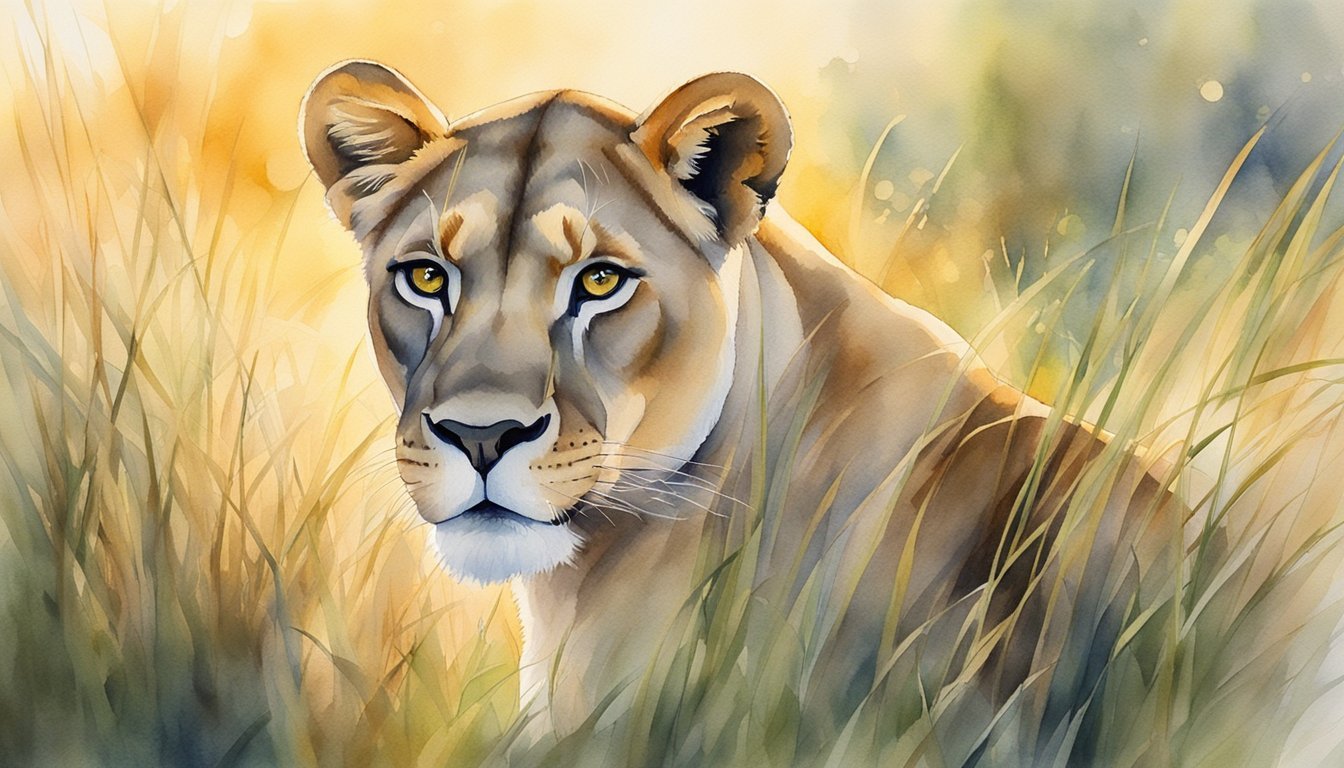Understanding Wildlife Photography

The Basics of Wildlife Photography
Wildlife photography is a fascinating genre that captures the beauty and diversity of animals in their natural habitats. It requires patience, knowledge, and skill to achieve stunning images of wildlife in action. One important aspect of wildlife photography is knowing the best time to capture wild animals, which is typically during the early morning or twilight, also known as the golden hours.
Wildlife Photographer of the Year Competition
The Wildlife Photographer of the Year competition is a prestigious annual event that showcases the best work from photographers worldwide, demonstrating the diversity and extraordinary beauty of the natural world. Through this competition, the public gets a glimpse into the lives of animals in various ecosystems, and it serves as a reminder of the need for conservation.
Photography Equipment Essentials
A crucial aspect of successful wildlife photography is understanding the equipment. A fast telephoto lens, ranging from f/2.8 to f/5.6, helps in capturing sharp images, eliminating the background, and achieving excellent compression. For action shots, a fast shutter speed of at least 1/500 s is essential to freeze the animal’s movements. Additionally, a wide aperture allows more light and creates a blurry background that isolates the subject.
Some essential gear for wildlife photography includes:
- A sturdy tripod for steady support and sharp images.
- A camera body with good low-light performance and fast autofocus.
- Teleconverter or extender to increase the focal length of the lens.
- Extra batteries and memory cards for extended shooting sessions.
Wildlife Conservation and Ethics
Wildlife photography not only showcases the beauty and diversity of the natural world but also highlights the significance of conservation. As a wildlife photographer, ethical practices are vital to minimize the disturbance to ecosystems and animals. Some wildlife conservation and ethics guidelines include:
- Keeping a safe distance from animals to avoid stressing them.
- Respecting local wildlife laws and regulations.
- Staying on designated trails and avoiding sensitive habitats.
- Avoiding the use of flash, artificial light, or baiting animals for photography.
- Using the images captured to educate, inspire, and raise awareness about the importance of wildlife conservation.
Technical Aspects and Challenges
In the world of wildlife photography, there are several technical challenges and aspects that photographers need to master in order to capture stunning and captivating images of the natural world. This section will explore mastering camera techniques, navigating natural habitats, and addressing environmental issues inherent to wildlife photography.
Mastering Camera Techniques
Capturing stunning wildlife images requires understanding and mastering various camera techniques. A high-quality telephoto lens, such as a 400mm f/2.8, enables photographers to shoot from a distance and isolate subjects while maintaining a shallow depth of field. Accurate and fast autofocus systems like those found in cameras such as the Canon EOS 90D, along with image stabilization, are essential for capturing sharp images of fast-moving subjects.
When shooting in natural habitats, it can be helpful to know your camera’s APS-C or full-frame sensor’s capabilities to manage noise levels. Knowing your camera in and out is vital for capturing high-quality wildlife photos.
Navigating Natural Habitats
Traversing various natural habitats, such as forests and underwater environments, presents challenges for wildlife photographers. Understanding animal behavior is crucial to anticipate moments and capture compelling images. Additionally, photographers need to be equipped with a range of gear, such as underwater housings for cameras and durable tripods to handle the challenges of diverse environments.
Conducting research and planning is essential to ensure a successful shoot. By thoroughly researching the wildlife species you intend to capture, you can increase your chances of finding and photographing them in their natural habitats.
Addressing Environmental Issues
Wildlife photographers have a responsibility to address environmental and conservation concerns while conducting their work. Ethical practices should be at the forefront of their approach, with due care given to preserve natural habitats and minimize disturbance to animals. In addition, they can showcase the importance of biodiversity and promote conservation by sharing their images in various forums, such as natural history museums and wildlife photography competitions.

